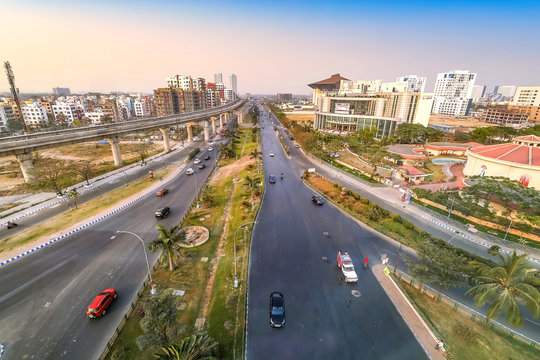Contact Us
RoadVision AI
Private Limited
Office No. 308 & 310, B Block
Ansal Chamber - 1, Bhikaji Cama Place,
Near Engineers India Limited (EIL) Bhawan, New Delhi - 110066
© 2024 | RoadVision AI | All rights reserved
The IRC Code SP:19-2001, officially titled Manual for Survey, Investigation, and Preparation of Road Projects (Second Revision), serves as a cornerstone document by the Indian Roads Congress (IRC). This guide outlines the standards and methodologies for surveying, investigating, and preparing road infrastructure projects in India, ensuring they meet technical, economic, and environmental benchmarks.

First introduced in 1977 and revised several times, IRC SP:19-2001 provides a structured approach for preparing road projects, including:
This manual ensures that road projects in India adhere to a high standard of quality, safety, and sustainability. By providing clear guidelines for surveys, route selection, and environmental impact mitigation, it helps engineers, planners, and stakeholders create efficient and effective road infrastructure.
The IRC Code SP:19-2001 is a critical framework for advancing road infrastructure in India. It empowers engineers and planners to deliver high-quality projects that balance technical excellence, economic feasibility, and environmental responsibility. Whether for new construction or upgrading existing roads, this manual ensures every project meets the highest standards, supporting India’s growing transportation network and regional development.
RoadVision AI is revolutionizing roads AI and transforming infrastructure development and maintenance with its innovative solutions in AI in roads. By leveraging Artificial Intelligence, digital twin technology, and advanced computer vision, the platform conducts thorough road safety audits, ensuring the early detection of potholes and other surface issues for timely repairs and improved road conditions. The integration of potholes detection and data-driven insights through AI also enhances traffic surveys, addressing congestion and optimizing road usage. Focused on creating smarter roads, RoadVision AI ensures compliance with IRC Codes, empowering engineers and stakeholders to reduce costs, minimize risks, and elevate road safety and transportation efficiency.